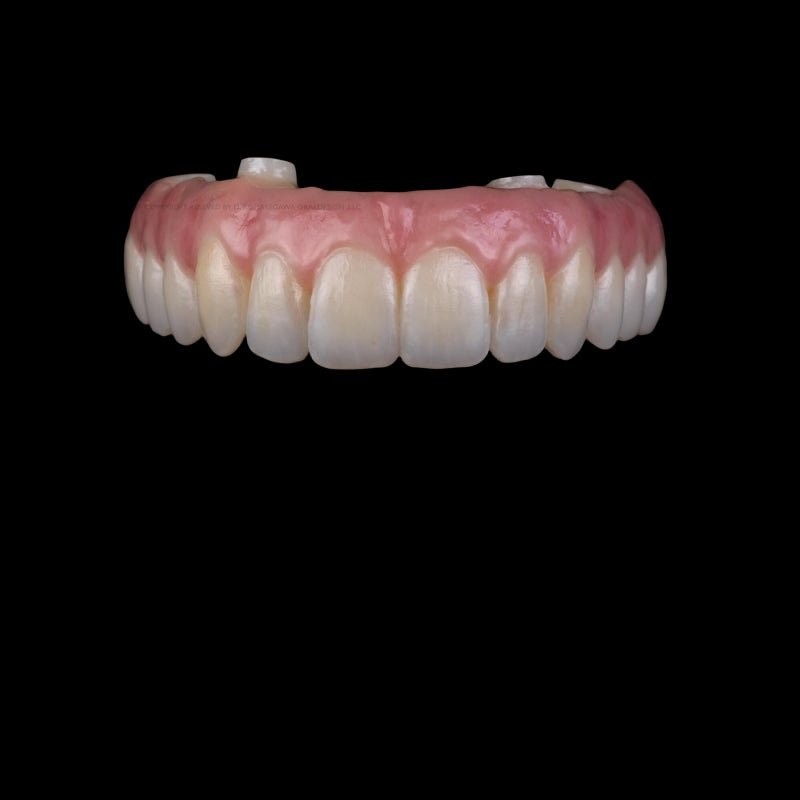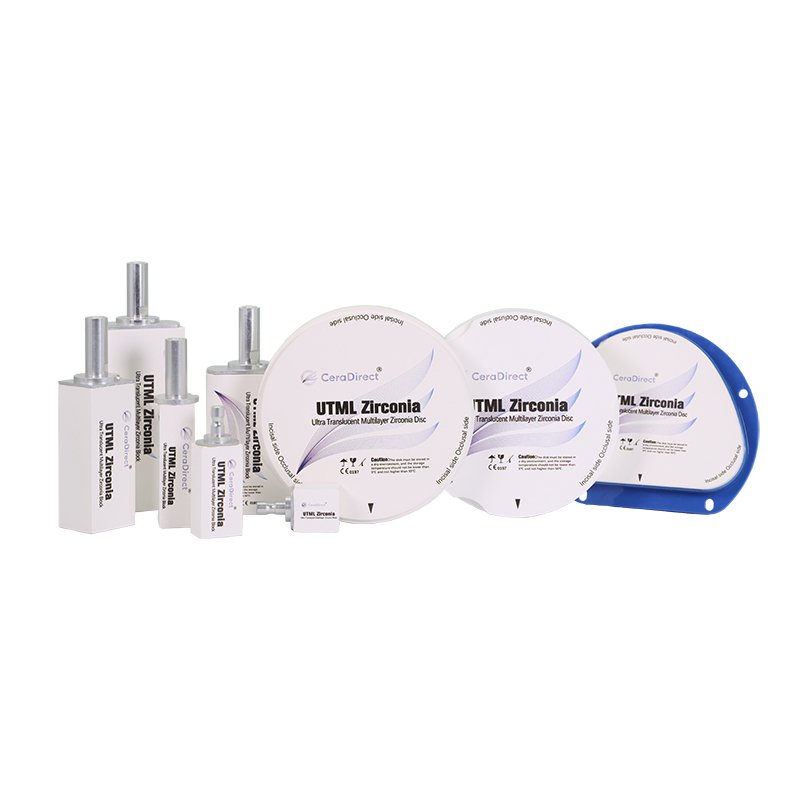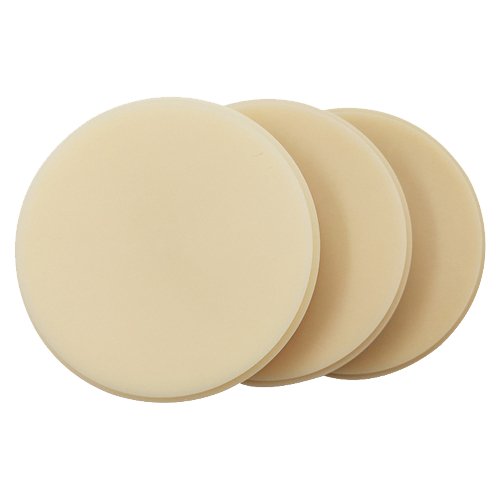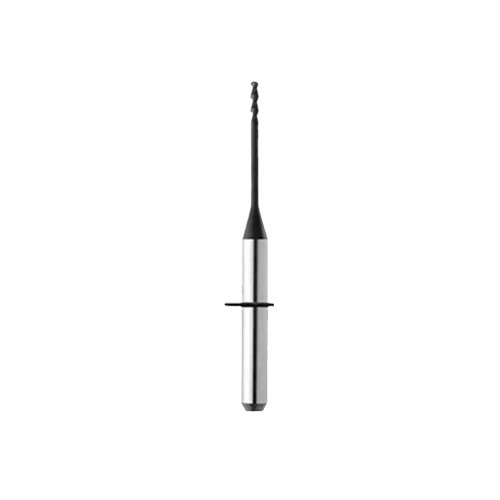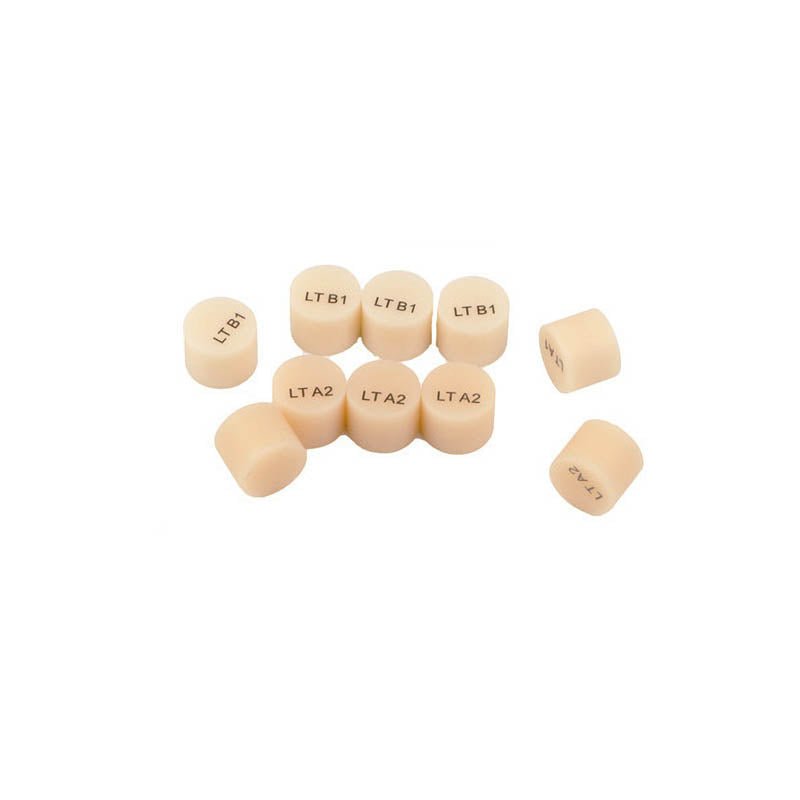Here's a comprehensive 2000-word guide that aims to navigate you through this decision-making process and possibly turn this seemingly daunting task into an informed selection.

Understanding Your Needs
The first step in selecting the right dental lab milling supplies is understanding your unique requirements. As a dental practice or a lab, you need to assess your patient base, common procedures performed, the volume of restoration work, and the desired level of technology integration. Knowing what's required allows you to select appropriate milling solutions that cater exactly to your needs.

Types of Milling Machines
Resolute knowledge of different types of milling machines is crucial to making an informed decision.
1. 3-Axis Mills: These machines can move in three directions – X, Y, and Z axis. They're ideal for milling flat and block-shaped materials.
2. 4 to 5-Axis Mills: These units have enhanced flexibility and can rotate on one or two additional rotational axes, making it possible to achieve undercuts without requiring a change of perspective. Complex prosthetic structures such as bars or anatomical bridges can be created without any problem.
Equipment Features
Consider certain features for efficient workflow:
1. Dry or Wet Milling: Dry milling is generally suitable for zirconia and wax, while wet milling is ideal for materials like lithium disilicate or glass-ceramics.
2. Number of Axes: More axes allow for the creation of more intricate designs.
3. Speed and Precision: A high-speed milling machine ensures quicker turnaround times. A high-precision mill can create intricate restorations with tight margins.
4. Longevity and Maintenance: Consider a milling machine from a well-established brand that ensures durability, longevity, and offers good after-sales service.
Consider the Materials
Familiarizing with the common materials used in dental milling machines is indispensable for material selection:
1. Zirconia: Known for strength and durability, zirconia is commonly used for crowns, bridges, and other prosthetics.
2. PMMA (Poly-Methyl Meth-Acrylate): Suitable for temporary crowns and bridges.
3. Wax: Often used for the fabrication of copings for metal crowns and precision attachments.
4. Titanium and Chrome-Cobalt: Used for implantology and fixed partial prosthetics. However, these harder materials require specialized milling machines capable of wet milling.
5. Porcelain: Used for veneers, crowns, inlays, onlays, and bridges. It requires special consideration due to its delicate nature.

Investment and Cost Analysis
An investment in dental milling equipment is significant. Hence, a cost analysis is imperative. Diverse factors influence cost, such as machine capabilities, technology, brand, and so forth. In addition, consider the cost of materials, milling burs, and maintenance.
Assess the ease of software usage
The milling process necessitates CAD/CAM software. Ensure it's user-friendly and capable of customizing for different restorative cases. Confirm whether the software is compatible with your unit and current technology.
Supplier Considerations
Ensure the supplier is reliable, offers after-sales service, and can provide a constant source of materials needed. You don't want to face a shortage due to supply chain problems.
Training and Support
After purchasing the dental lab milling supplies, you'll need training to operate them correctly. Therefore, choose a supplier who offers robust customer support, training, and maintenance.
Conclusion
Choosing the dental lab milling supplies can seem a difficult task initially. However, with a clear understanding of needs, detailed knowledge about the types of machines and materials used, and a thorough cost-benefit analysis, this process becomes seamless.
Remember that the artistry of dental restorations must combine with the science of material technology to offer the best patient care. Choose wisely, as your selection would greatly impact restoration quality, efficiency, and patient satisfaction!

